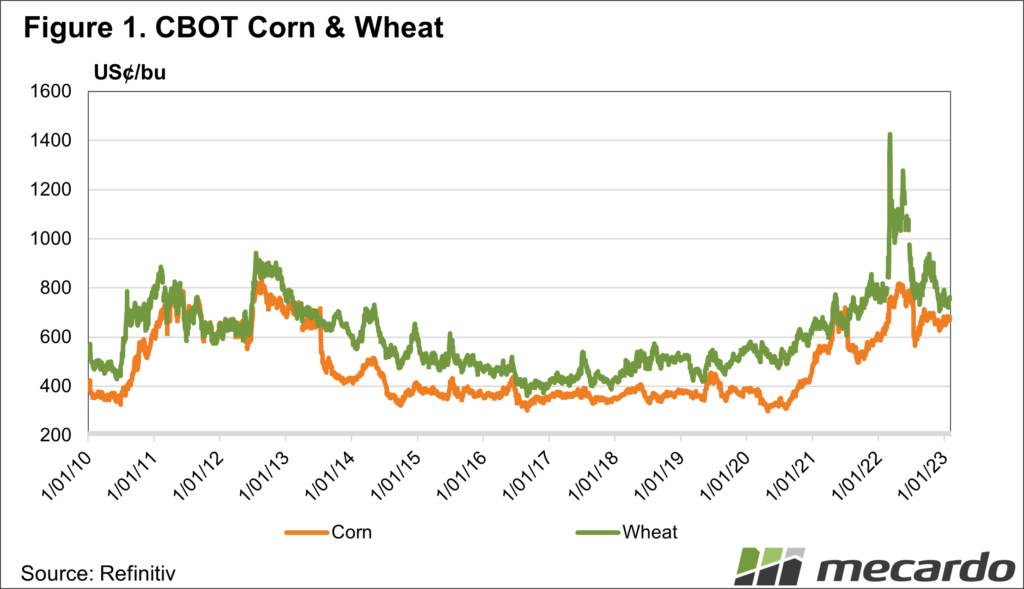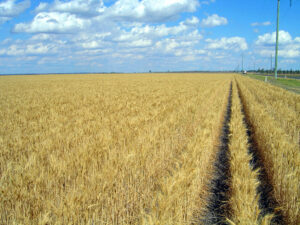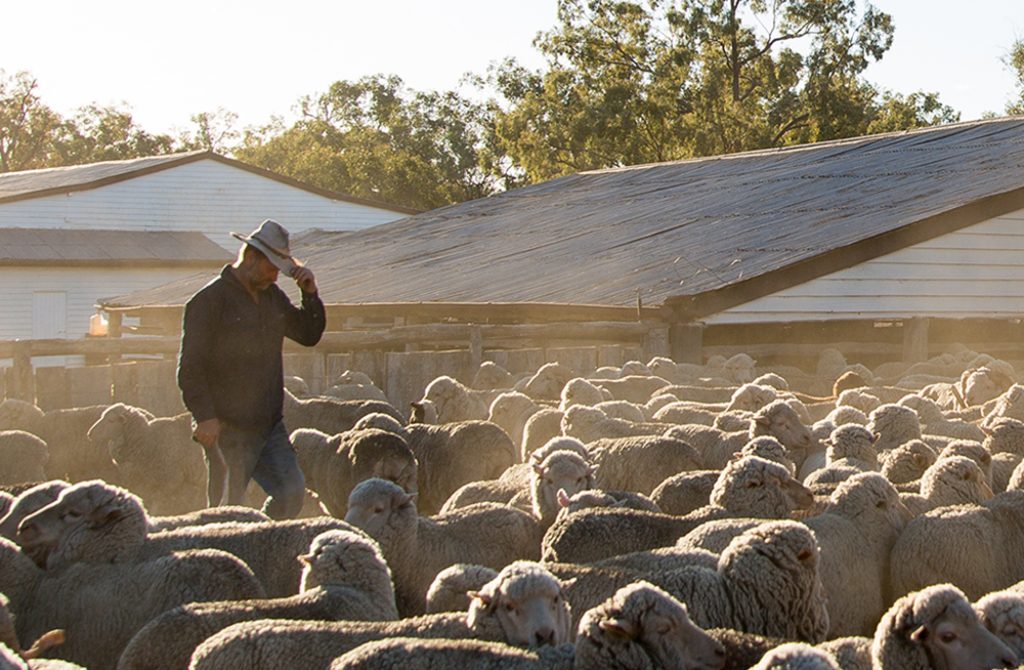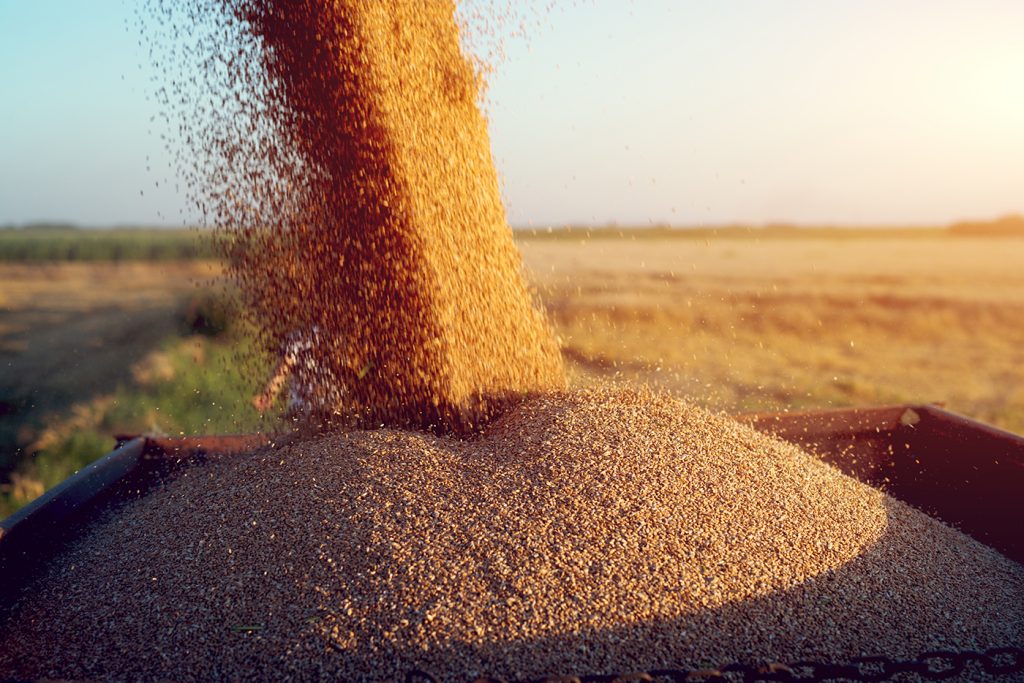It’s that time of year when the new crop hedging window is well and truly open. The lead-up to spring is when northern hemisphere crops are either coming out of dormancy or yet to be planted. This is a period of great production uncertainty, but can also be a time of great opportunity.
We know that the waning supply concerns have somewhat taken the edge off international wheat and coarse grain prices since the heady days of this time last year. However, we can see in figure 1 that the Chicago Board of Trade (CBOT) wheat and corn prices are still priced very well historically.
Wheat prices have fallen thanks to the increasing supply from major exporters. Those major exporters are Australia and Russia, and we all know while our supplies are relatively assured, Russia’s could be cut off without notice.
Regardless, wheat has tracked downwards and now sits at a very small premium to corn. Figure 1 shows that wheat is now at just an 80¢/bu premium to corn. The 10-year average is 126¢. The 80¢/bu equates to $12/t. When wheat is this low relative to corn, it starts being substituted in animal feed. This makes sense when corn is in relatively tight supply compared to wheat.
Figure 1 also shows that prices of both wheat and corn are relatively strong compared to the last 10 years. If not for the spike in 2022, wheat would be close to the top of its 10-year range. Corn isn’t far off highs either, sitting 27% above the 400¢/bu it traded around from 2014 to 2021.
The market expects the wheat/corn spread to widen again. Figure 2 shows the forward curves for wheat and corn. The forward curve is the price CBOT futures are trading at a given time in the future.
The market believes wheat will rise from here through to the US harvest in 2024, while corn will fall this coming harvest. The market expected tight corn supplies to be alleviated, but there is plenty of risk with the crop not even in the ground yet.
What does it mean?
There hasn’t been much volatility in wheat and corn markets in recent weeks, but the northern hemisphere spring usually changes that. Even now wheat producers can use CBOT wheat futures to lock in a base price around $400 for the coming two harvests.
Historically that is very attractive, however, some readjustments due to input costs will have to take place. Regardless, it’s important growers have a target in mind, as there is likely to be a spike at some stage where prices might be able to be hedged above current levels.
Have any questions or comments?
Key Points
- Wheat and corn values are still sitting at strong levels relative to the last 10 years.
- The wheat/corn spread is historically narrow, with forward markets predicting a correction.
- With volatile prices likely in the coming months, growers should have selling price targets in place.
Click on figure to expand
Click on figure to expand
Data sources: CME, Refinitiv, Mecardo














